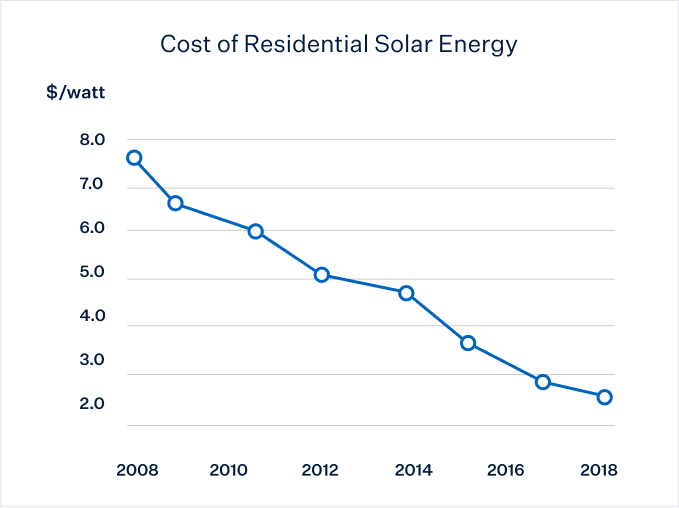Toddsterpatriot
Diamond Member
What the difference in efficiency between a power block of less than 500 MW compared to a power blocks larger than 1,000 MW?
And what's the difference in per-unit capital and expense costs between large and small power blocks?
I don't know. What's the difference?
